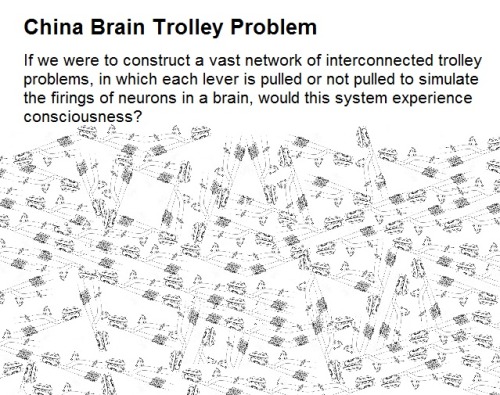PUT $010: 3,695 # , CALL $010: 2
PUT $020: 2,374 , CALL $020: 0
PUT $030: 1,846 , CALL $030: 0
PUT $040: 3,264 # , CALL $040: 0
PUT $050: 58,792 ###################+, CALL $050: 1
PUT $060: 2,565 # , CALL $060: 0
PUT $070: 2,704 # , CALL $070: 0
PUT $080: 4,971 # , CALL $080: 0
PUT $090: 1,820 , CALL $090: 35
PUT $100: 47,881 ################ , CALL $100: 81
PUT $110: 2,570 # , CALL $110: 40
PUT $120: 2,509 # , CALL $120: 6
PUT $130: 6,248 ## , CALL $130: 41
PUT $140: 9,747 ### , CALL $140: 255
PUT $150: 11,748 #### , CALL $150: 126
PUT $160: 11,517 #### , CALL $160: 311
PUT $170: 7,235 ## , CALL $170: 343
PUT $180: 12,596 #### , CALL $180: 2,473
PUT $190: 11,253 ### , CALL $190: 1,667
PUT $200: 27,591 ######### , CALL $200: 5,739 ##
PUT $210: 35,092 ########### , CALL $210: 3,308 #
PUT $220: 20,011 ###### , CALL $220: 18,190 ######
PUT $230: 46,687 ############### , CALL $230: 6,905 ##
PUT $240: 46,413 ############### , CALL $240: 32,733 ###########
PUT $250: 45,444 ############### , CALL $250: 31,023 ##########
PUT $260: 7,222 ## , CALL $260: 33,838 ###########
PUT $270: 15,953 ##### , CALL $270: 24,038 ########
PUT $280: 907 , CALL $280: 8,284 ##
PUT $290: 373 , CALL $290: 5,659 ##
PUT $300: 132 , CALL $300: 8,187 ##
2019/Jul/19: PUTs: 451,305 ; CALLs: 207,422







